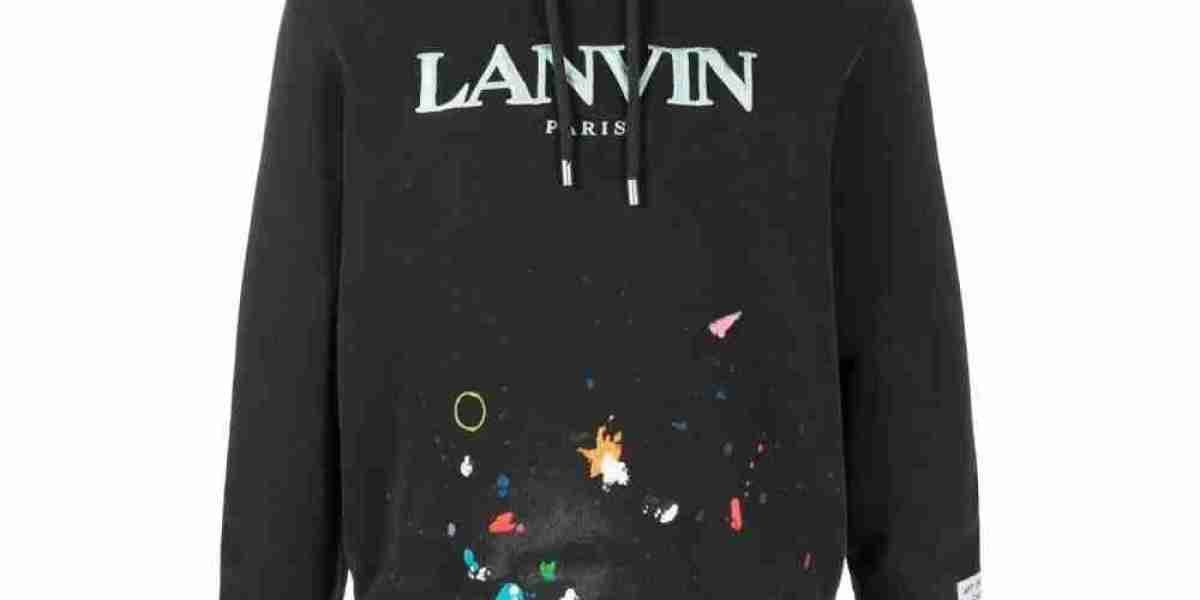Sneakers have moved far beyond their original purpose as athletic footwear, transforming into cultural artifacts that represent identity, taste, and status. For Lanvin, a house known for its luxury heritage, sneakers have become an unexpected yet powerful symbol of cultural dialogue. Their bold silhouettes and distinctive detailing situate them in both high fashion and streetwear communities. As a result, Lanvin sneakers have entered the global resale market, where their cultural value often exceeds their retail price. Resale culture has become a lens through which their influence can be fully understood.
Lanvin’s Entry into Sneaker Culture
When Lanvin introduced sneakers into its collections, the move reflected fashion’s broader merging of luxury and streetwear. These sneakers balanced high-quality craftsmanship with daring aesthetics, allowing them to appeal to both sneaker enthusiasts and luxury consumers. This dual identity made them unique, bridging different fashion worlds. Their success demonstrated that luxury houses could thrive in sneaker culture without abandoning their heritage. By doing so, Lanvin positioned its sneakers as both wearable pieces and collectible items.
The Allure of Limited Supply
One of the key drivers of resale culture is scarcity, and Lanvin sneakers embody this principle. Limited releases, exclusive collaborations, and unique designs ensure demand often outweighs supply. This scarcity fuels the secondary market, where prices rise as availability declines. For collectors, the rarity of Lanvin sneakers increases their symbolic and financial value. The controlled supply ensures that each pair feels like a coveted possession rather than a common commodity. Scarcity transforms them into icons of exclusivity.
Sneakers as Investment Pieces
In today’s fashion economy, sneakers are no longer simply clothing but investment assets. Lanvin sneakers, like other high-demand luxury footwear, often appreciate in value on the resale market. Buyers are aware that certain styles will gain prestige over time, and this drives early purchases with the intent to resell. In this way, Lanvin sneakers participate in a financial ecosystem where fashion is tied directly to profit. Their investment potential elevates them from shoes to symbols of cultural and economic capital.
Resale Culture as Validation of Influence
The presence of Lanvin sneakers on resale platforms is not just a financial phenomenon but a cultural validation. High resale demand signals that a brand has captured the attention and imagination of consumers. For Lanvin, resale culture affirms its ability to influence both streetwear communities and luxury markets. The sneakers resonate beyond the runway, finding relevance in everyday fashion while simultaneously holding collectible value. This dual validation strengthens Lanvin’s identity in modern sneaker culture.
Community Dynamics of Resale
Resale culture thrives not only on economics but also on community. Forums, marketplaces, and social media platforms allow sneaker enthusiasts to share knowledge, negotiate prices, and track trends. Within these communities, Lanvin sneakers become part of larger conversations about value, rarity, and style. Resale culture turns fashion into shared storytelling, where sneakers are more than products—they are tokens of belonging. The cultural life of Lanvin sneakers extends as much from these communities as from the brand itself.
The Emotional Value of Ownership
Beyond financial and cultural capital, resale culture highlights the emotional resonance of sneakers. Owning a pair of Lanvin sneakers often means more than having a luxury item; it signifies participation in a broader cultural moment. For some, this ownership is tied to self-expression, while for others it represents status within sneaker culture. Emotional value amplifies resale activity because buyers are motivated not only by profit but also by meaning. Lanvin sneakers ground identity through both rarity and personal attachment.
Criticism and Challenges of Resale
Despite its cultural power, resale culture is not without criticism. The inflated prices often exclude consumers who genuinely value sneakers for personal use rather than profit. For Lanvin, this creates a tension between accessibility and exclusivity. The brand must navigate the risk of alienating its core audience while still embracing the prestige resale culture provides. These challenges gallery dept hoodie underscore the delicate balance luxury houses face in an economy driven by scarcity and speculation.
Longevity Through Memory and Market
What makes Lanvin sneakers particularly resilient in resale culture is their longevity. Unlike trend-driven footwear, their bold yet refined aesthetics allow them to remain desirable years after release. Resale platforms keep this desirability alive by reintroducing sneakers to new buyers, ensuring they never fully fade from cultural memory. Longevity is both personal and collective, as the resale cycle keeps past designs relevant while embedding them into sneaker history. Lanvin sneakers thus occupy a space of enduring significance.
Conclusion: Sneakers as Cultural Currency
Lanvin sneakers illustrate how fashion can transcend its practical function to become cultural currency. Through scarcity, resale markets, and community storytelling, they represent more than footwear—they embody luxury’s dialogue with streetwear and investment cul







